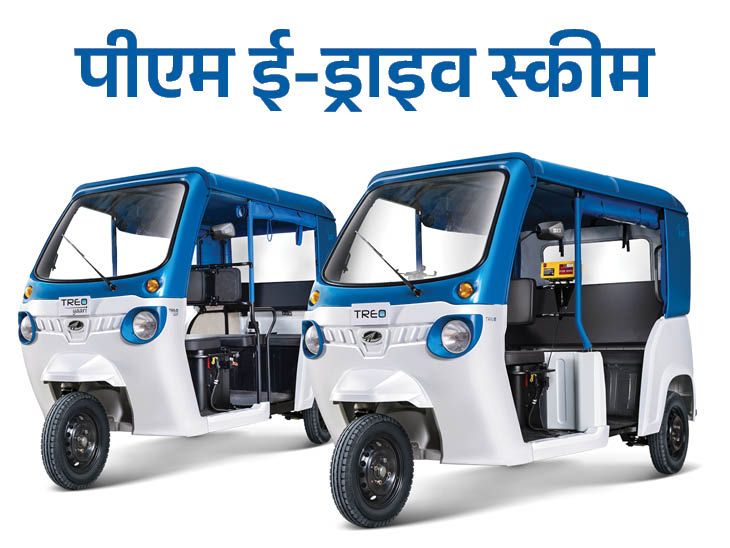The Ministry of Heavy Industry (MHI) again began providing subsidies to electric three-wheelers under the PM e-Drive program on Tuesday (November 19). Under this scheme, a subsidy of Rs 50,000 is provided by the government for the purchase of an electric three-wheeler.
The subsidy target provided to electric three-wheelers under the scheme for this financial year (FY2025) has been achieved. Therefore, the central government has stopped providing subsidies for the financial year 2025. MHI has now allocated a higher amount for the electric three-wheeler than the total project budget.
The additional amount used to subsidize E-3W in FY 2025 will be adjusted against next year’s budget. Industry officials have expressed concern that funds for fiscal 2026 will also be exhausted by the first quarter of the fiscal year.
However, the amount of subsidy to be given based on the number of vehicles has not been disclosed. The ministry gave this information after the National Electric Vehicle Conference. Advisor to Prime Minister Tarun Kapoor and FICCI President Anish Shah etc. were present.
Officials participated in the National Electric Vehicle Conference.
The program only launched last month. The Union Cabinet itself had launched this scheme last month to promote the sale of electric vehicles. Under this, the PM e-Drive scheme was approved with an outlay of Rs 10,900 crore for battery-powered two-wheelers, ambulances, trucks and three-wheelers.
It will be applicable from October 1, 2024 to March 31, 2026. Under the new scheme, subsidies of up to Rs 10,000 are being given to electric two-wheelers. Under PM e-Drive, 100% support will be provided for charging infrastructure at 88,500 locations.
Subsidy available under the PM e-Drive program
Vehicle typeQuantitySubsidy (per kWh)Total expenditureElectric two wheeler (e2w)24.79 Lakh
First year – ₹5,000 (total ₹10,000)
Second year – ₹2,500 (total ₹10,000)
₹1,772 croreElectric three wheeler (e3w)3.16 lakh
First year – ₹50,000
Second year – ₹25,000
₹907 croreElectric buses14,028Undecided amount ₹4,391 croreHybrid ambulanceNot decidedAmount undecided ₹500 crore
The amount of the subsidy for electric buses has not been set. Union Minister Kumaraswamy said the subsidy amount for electric buses has not been fixed. He said the target is to achieve 10% EV penetration in the two-wheeler segment and 15% EV penetration in the three-wheeler segment by the end of the plan.
The Union minister said electric cars and hybrid vehicles were not included in the PM e-Drive scheme. Electric cars are already taxed at a lower GST rate of 5%. Apart from this, benefits are also available under the Auto PLI scheme.
The Aadhaar authenticated e-vouchers will be ready. Under the program, the Ministry of Heavy Industry will offer e-vouchers to buyers of electric vehicles. Aadhaar authenticated e-vouchers will be generated for buyers on the scheme portal at the time of vehicle purchase. This voucher will ensure that there is no irregularity in the grant of subsidy to the buyer by the dealer.
Focus on charging infrastructure: The government is focusing on strengthening the charging infrastructure for electric vehicles in India. Thus, under this program, more than 18% of the total expenditure was reserved for charging. Under this program, it is planned to install 22,100 fast chargers for electric 4-wheelers, 1,800 fast chargers for electric buses and 48,400 fast chargers for electric 2/3-wheelers.
13 21,800 electric vehicles subsidized under the FAME-II program
PM e-Drive follows the second phase of rapid adoption and manufacturing of electric vehicles, which lasted five years and will end on March 31, 2024. During this period, 13,21,800 electric vehicles were subsidized in the under the FAME-II programme, for a total expenditure of Rs 11,500 crore.
The scheme was later replaced by the Rs 500 crore Electric Mobility Promotion Scheme (EMPS) 2024, valid for four months and extended till September 31, 2024.

